Table of content
Loquats, with their delicate sweetness and vibrant orange hue, are a seasonal delight cherished in many cuisines. However, their short shelf life after peeling poses a challenge for enthusiasts eager to savor their flavor beyond the harvest season. Peeled loquat flesh, exposed to air, oxidizes rapidly, leading to browning, texture loss, and spoilage. This article delves into science-backed techniques for preserving peeled loquats, ensuring their taste, texture, and nutritional value remain intact for weeks or even months. From refrigeration to advanced freezing methods, we explore every viable avenue to help you make the most of this ephemeral fruit.
Understanding Loquat Composition: Why Preservation Matters
Loquats (Eriobotrya japonica) are rich in vitamins A and C, dietary fiber, and antioxidants like chlorogenic acid. However, their high water content (approximately 85%) and enzymatic activity make them prone to rapid degradation. Once peeled, the flesh loses its protective skin, accelerating enzymatic browning—a reaction catalyzed by polyphenol oxidase (PPO) enzymes. This process, combined with microbial activity, shortens their edible window to just a few hours at room temperature. Proper preservation thus hinges on inhibiting these biochemical reactions while maintaining structural integrity.
Refrigeration: The Short-Term Solution
Refrigeration slows microbial growth and enzymatic activity, making it ideal for temporary storage. However, even in cold environments, peeled loquats require careful handling.
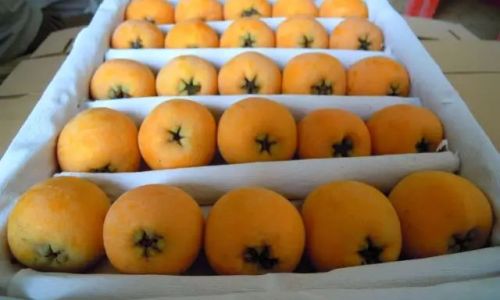
Step-by-Step Refrigeration Guide
-
Pre-Treatment:
- Immediately after peeling, submerge loquat segments in a solution of 1 teaspoon ascorbic acid (vitamin C) or citric acid per cup of water. This neutralizes PPO enzymes.
- Alternatively, brush the flesh with lemon juice (5% citric acid) to create an acidic barrier against oxidation.
-
Packaging:
- Drain excess liquid and pat dry with paper towels.
- Arrange loquat pieces in a single layer on a baking sheet lined with parchment paper. Flash-freeze for 1–2 hours to prevent clumping.
- Transfer to airtight containers or resealable bags, removing as much air as possible.
-
Storage Conditions:
- Set the refrigerator to 0–4°C (32–39°F).
- Store containers in the crisper drawer, away from ethylene-producing fruits like apples and bananas (which accelerate ripening).
Shelf Life: 3–5 days.
Pro Tip: For ready-to-use portions, divide loquats into meal-sized packs. Avoid washing before storage, as moisture promotes spoilage.
Freezing: The Gold Standard for Longevity
Freezing halts enzymatic and microbial activity, preserving loquats for up to 12 months. However, improper freezing can lead to texture breakdown due to ice crystal formation.
Advanced Freezing Techniques
A. Sugar Syrup Pack
- Prepare a 30–40% sugar syrup (300–400g sugar per liter water).
- Blanch loquat slices in boiling water for 30 seconds to inactivate enzymes.
- Cool immediately in ice water, then coat in syrup.
- Pack in rigid containers, leaving 1.5cm headspace for expansion.
B. Dry Pack (Unsweetened)
- Pre-treat with ascorbic acid solution (as above).
- Arrange on a tray and freeze until solid.
- Transfer to vacuum-sealed bags or freezer-safe containers.
C. Puree Method
- Blend peeled loquats with 10% sugar (by weight) to create a smooth puree.
- Pour into ice cube trays or small containers.
Shelf Life: 8–12 months.
Thawing Guide:
- Refrigerator (4°C): 6–8 hours.
- Cold water bath: 1–2 hours (change water every 30 minutes).
- Avoid microwave thawing, which causes uneven texture.
Dehydration: Concentrating Flavor for Long-Term Use
Dehydration removes moisture, inhibiting microbial growth. While texture changes are inevitable, dried loquats gain an intense, chewy sweetness ideal for snacks or infusions.
Oven Drying Method
- Preheat oven to 55–60°C (130–140°F).
- Slice loquats 3–5mm thick and arrange on parchment-lined trays.
- Dry for 8–12 hours, flipping occasionally.
- Store in airtight jars with silica gel packets.
Shelf Life: 6–12 months.
Rehydration: Soak in warm water for 20–30 minutes before use.
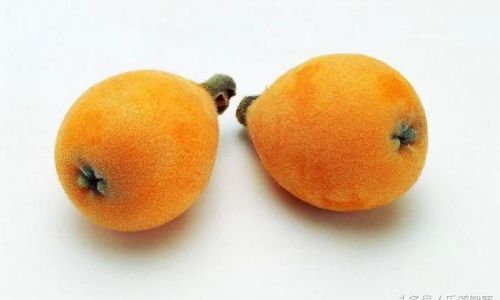
Canning: Creating Shelf-Stable Preserves
Canning via heat processing kills microorganisms, while acidic environments prevent spoilage. Loquats’ natural acidity (pH 3.5–4.5) makes them suitable for water-bath canning.
Loquat Jam Recipe
Ingredients:
- 1kg peeled loquats
- 750g sugar
- 1 lemon (juice and zest)
Instructions:
- Chop loquats and combine with sugar in a stainless steel pot.
- Let stand 2 hours to macerate.
- Add lemon juice and zest; bring to a rolling boil.
- Skim foam and cook until mixture reaches 105°C (221°F) or passes the gel test (spoon coating).
- Pour into sterilized jars, leaving 0.5cm headspace.
- Process in a water bath for 10 minutes (adjust for altitude).
Shelf Life: 1–2 years unopened; 3–4 weeks refrigerated after opening.
Alcohol Infusion: A Gourmet Preservation Method
Submerging loquats in alcohol extracts flavors while acting as a preservative. This method yields boozy fruits for desserts or cocktails.
Brandy-Infused Loquats
- Sterilize a glass jar with boiling water.
- Pack peeled loquats tightly, leaving 2cm headspace.
- Cover with brandy (40% ABV or higher).
- Seal and store in a cool, dark place for 3–6 months.
Shelf Life: Indefinite if submerged; consume within 1 year for optimal flavor.
Chemical Preservation: Citric Acid and Salt Solutions
For immediate short-term storage, brine or acidulated water can extend usability.
Brine Solution:
- Dissolve 2 tablespoons salt per liter water.
- Soak loquats for 10 minutes, then store refrigerated.
Shelf Life: 2–3 days.
Citric Acid Spritz:
- Mix 1 teaspoon citric acid with 250ml water.
- Lightly mist loquats before refrigerating.
Vacuum Sealing: Minimizing Oxidation
Vacuum sealers remove oxygen, drastically slowing browning. Pair with refrigeration or freezing for enhanced results.
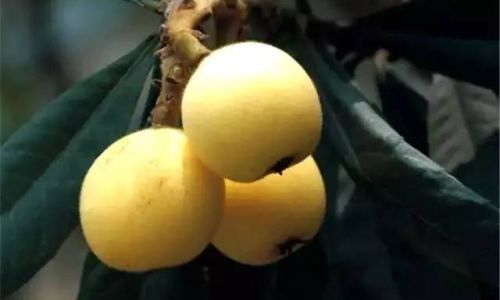
Procedure:
- Pre-treat loquats with ascorbic acid.
- Arrange in vacuum bags, avoiding overfilling.
- Seal at maximum suction power.
Shelf Life:
- Refrigerated: 7–10 days.
- Frozen: 12–18 months.
Common Pitfalls to Avoid
- Overcrowding Containers: Promotes moisture buildup and freezer burn.
- Skipping Pre-Treatment: Accelerates browning and texture loss.
- Thawing at Room Temperature: Causes microbial proliferation.
- Reusing Contaminated Jars: Risks botulism in canned goods.
FAQs: Your Loquat Preservation Queries Answered
Q: Can I freeze loquats without pre-treatment?
A: Yes, but expect faster browning and softer texture post-thaw.
Q: How to use frozen loquats?
A: Ideal for smoothies, compotes, or baking—avoid raw applications.
Q: Why did my canned loquats float?
A: Air bubbles trapped during packing cause floating; reprocess if seals fail.
Q: Are wrinkled dried loquats safe?
A: Yes, as long as they’re dry to the touch and show no mold.
Conclusion: Tailoring Methods to Your Needs
The best preservation method depends on intended use and timeline. For immediate consumption (1–5 days), refrigeration suffices. Freezing caters to long-term storage, while dehydration and canning offer unique culinary opportunities. Experiment with combinations—freeze loquat puree cubes for summer cocktails or can jam for holiday gifts. By understanding the science behind spoilage, you can transform this fleeting fruit into a year-round ingredient, ensuring not a single loquat goes to waste.
Final Tip: Label all containers with date and method. Time flies, but your preserved loquats shouldn’t! 🍊✨
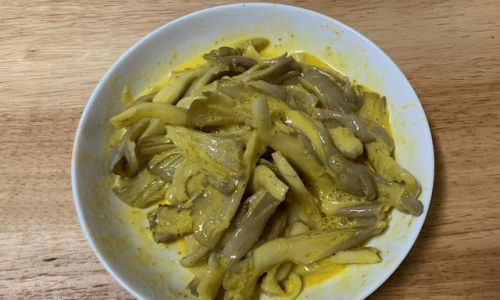
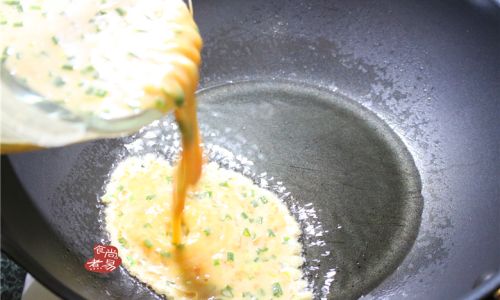



0 comments